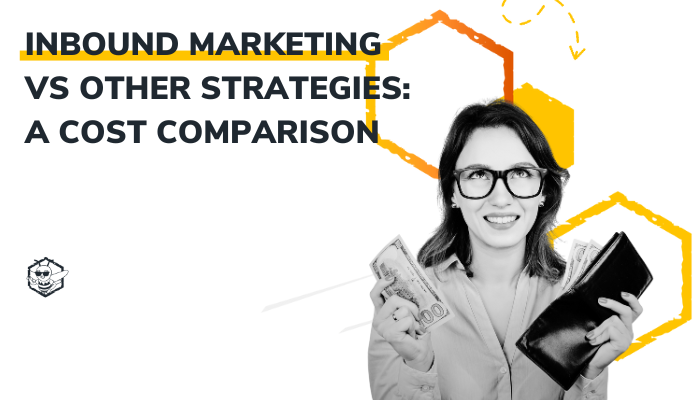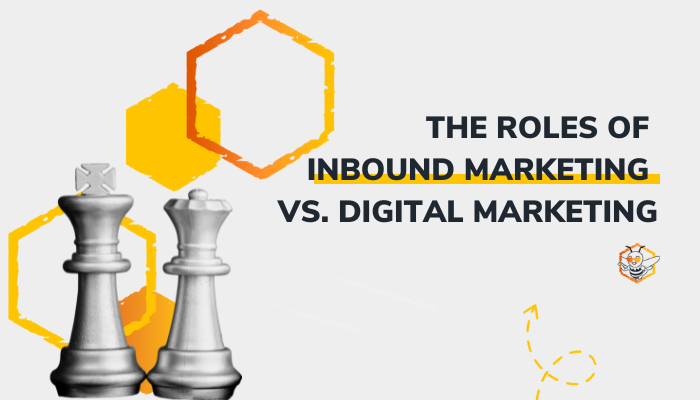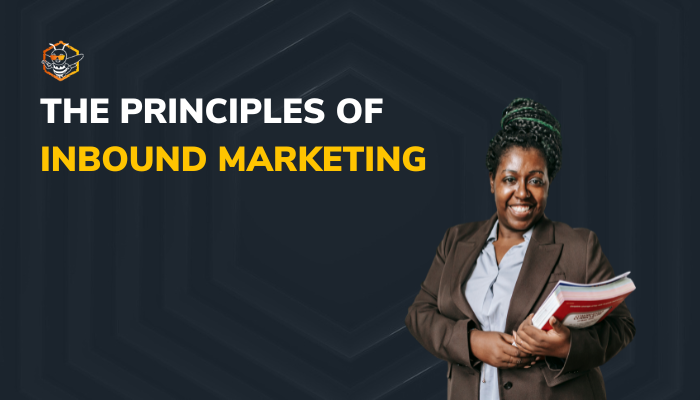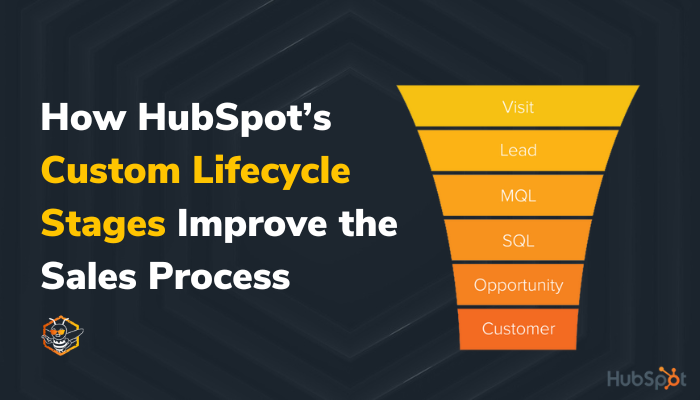For any business, the challenge of effectively allocating marketing budgets is critical. With various strategies like inbound marketing, account-based marketing (ABM), traditional advertising, and digital advertising options available to you,...
Understanding the nuances between different strategies is crucial for businesses aiming to thrive in the digital age. Two terms frequently discussed in marketing circles are "inbound marketing" and "digital marketing." While they may seem similar,...
HubSpot's annual bonanza, INBOUND 2023, was abuzz with groundbreaking advancements in the realm of Artificial Intelligence. We already knew HubSpot was going to announce some new AI-powered features, but we didn’t know the announcements would be so...
In today's digital age, marketing strategies have evolved significantly to adapt to changing consumer behavior and the dynamic online landscape. As businesses strive to reach their target audiences effectively, three key marketing approaches have...
Inbound marketing is a customer-centric strategy that sets itself apart from traditional outbound marketing by attracting potential customers to your business through valuable content and experiences that meet their needs and interests. Unlike ...
Inbound marketing is a powerful approach to marketing that focuses on attraction rather than promotion. By creating content that addresses the needs and interests of your target audience, you can attract and engage potential customers, build...
Marketing is a crucial part of any business, and it's essential to have a strategy that is measurable and effective. In today's digital age, businesses have access to a wealth of data that can help them make informed decisions about their marketing...
As a business owner or marketer, you likely already know how important it is to keep track of your customer journey and sales process. After all, understanding where your customers are in their buying journey can help you make informed decisions...
Inbound marketing can be a game changer for any type of business. Effective inbound marketing aligns your sales and marketing teams — leading to reliable lead generation. More and more businesses are relying on inbound strategies to solve common...
Strategy drives almost everything we do. Without a plan, how can we be successful? How do we measure success? If we go through life by just "winging it," there are bound to be some fun moments, but we can never really measure our execution against...
Find Out How HubSpot Can Help Your Business Grow Better!
Download our free HubSpot one-pagers and get the inside scoop on all things HubSpot.
DOWNLOAD NOW















